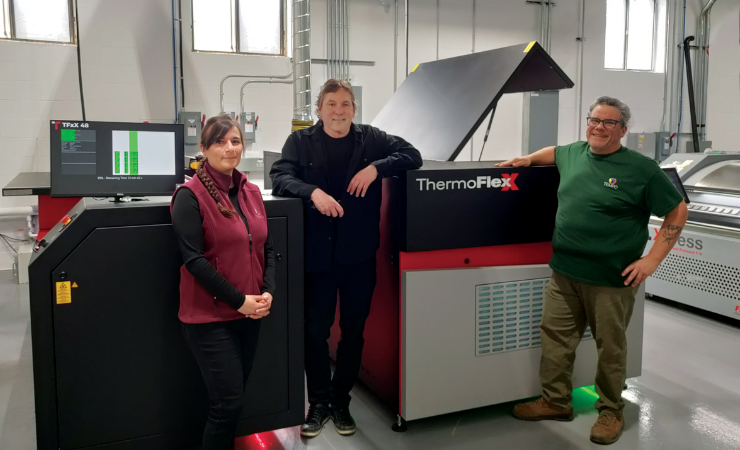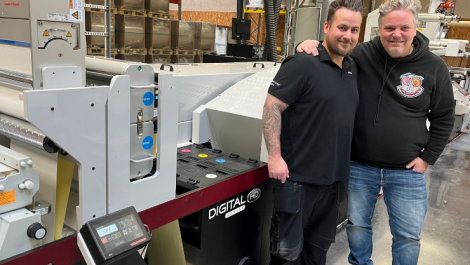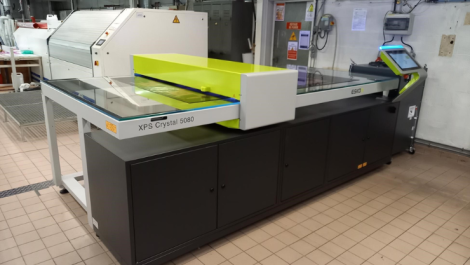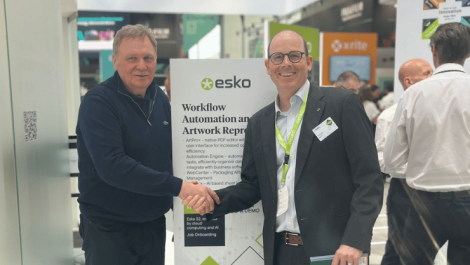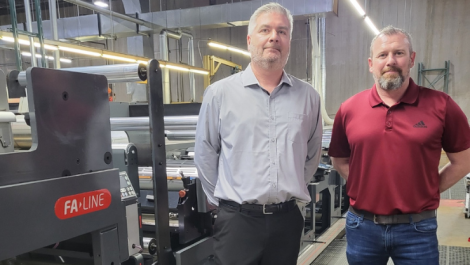Canadian flexible packaging company Tempo Flexible Packaging says it has improved the quality of its flexo printing and increased productivity by installing the first ThermoFlexX Catena-E 48 in North America.
First established in 1970 as a poly bag manufacturer, Tempo Flexible Packaging has spent the past two years implementing a large-scale investment plan. Over 10,000sq/ft of space has been added to the facility in Innisfil, Ontario, along with the installation of new equipment, including a new CI flexo press from Germany. The project also involved upgrading the plate room, which already contained a ThermoFlexX 48 imager and Xpress Thermal processor, before the new Catena-E 48 exposure unit from XSYS was introduced late last summer.
Tempo is certified to FSSC 22000 v 5.1 food safety management standards, with all processes contained within the business, from extrusion, coating, printing, laminating and slitting, to final bag and pouch making.
‘Our company vision is to be the preferred partner of sustainable and socially responsible flexible packaging solutions in North America,’ stated Lee-Anne Giglio, the company’s COO. ‘And we always choose our partners, technologies and equipment with that vision in mind.’
Craig Labossier, print technical services manager at Tempo, explained, ‘We had a pre-existing relationship with XSYS since we purchased the ThermoFlexX imager and Xpress processor in 2020, but we still did due diligence to ensure we got the best machine. Ultimately, we were down to two contenders, and it quickly became clear that the Catena-E technology had a strong advantage.’
The Catena-E 48 thermal system can image plates in sizes up to 900 x 1200mm, enabling precise image reproduction and fine relief elements at fast speeds. The LEDs use less energy than conventional lamps, and more savings are achieved when exposing smaller plates as only the LEDs directly below the plate are active.
‘The installation of the Catena-E 48 was very smooth; it simply slotted into the existing setup with the imager and thermal processor. It took less than a day to get the machine up and running, including the print trials on the press,’ Mr Labossier commented. He concluded, ‘We now have the best possible workflow in our plate room and can run our presses faster for longer. With higher productivity, better quality and increased sustainability, we have truly taken our flexo production to the next level.’

